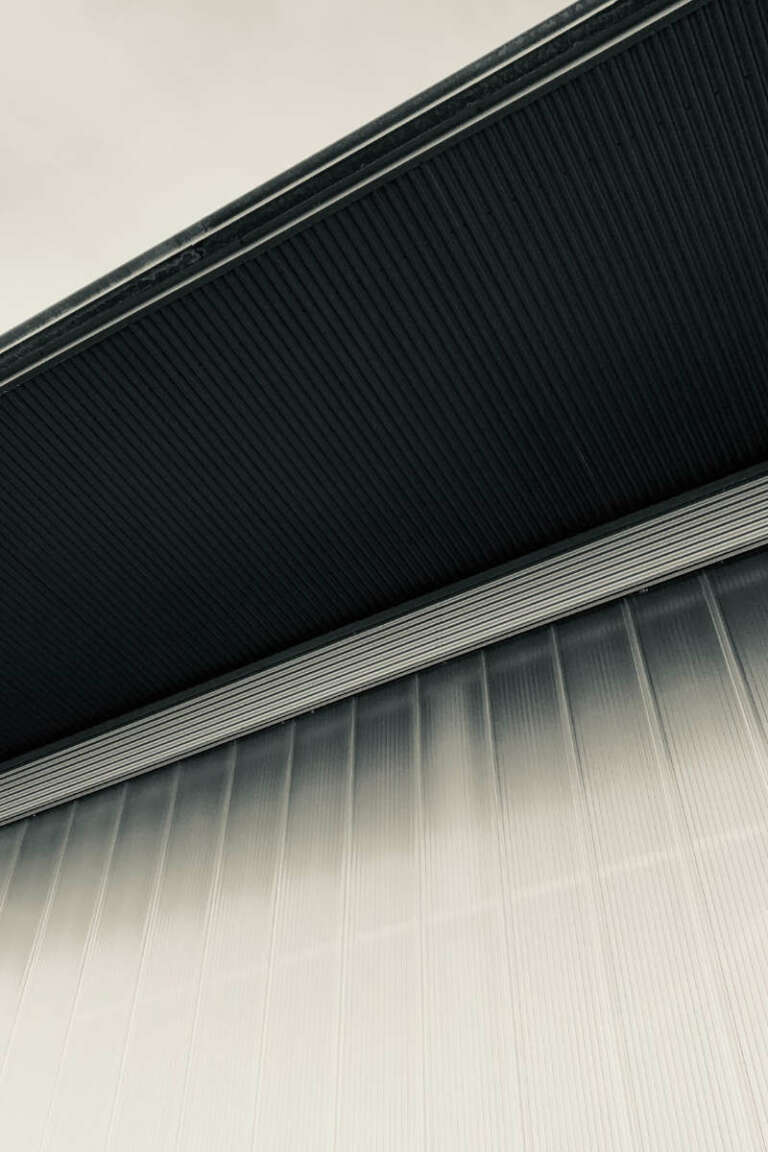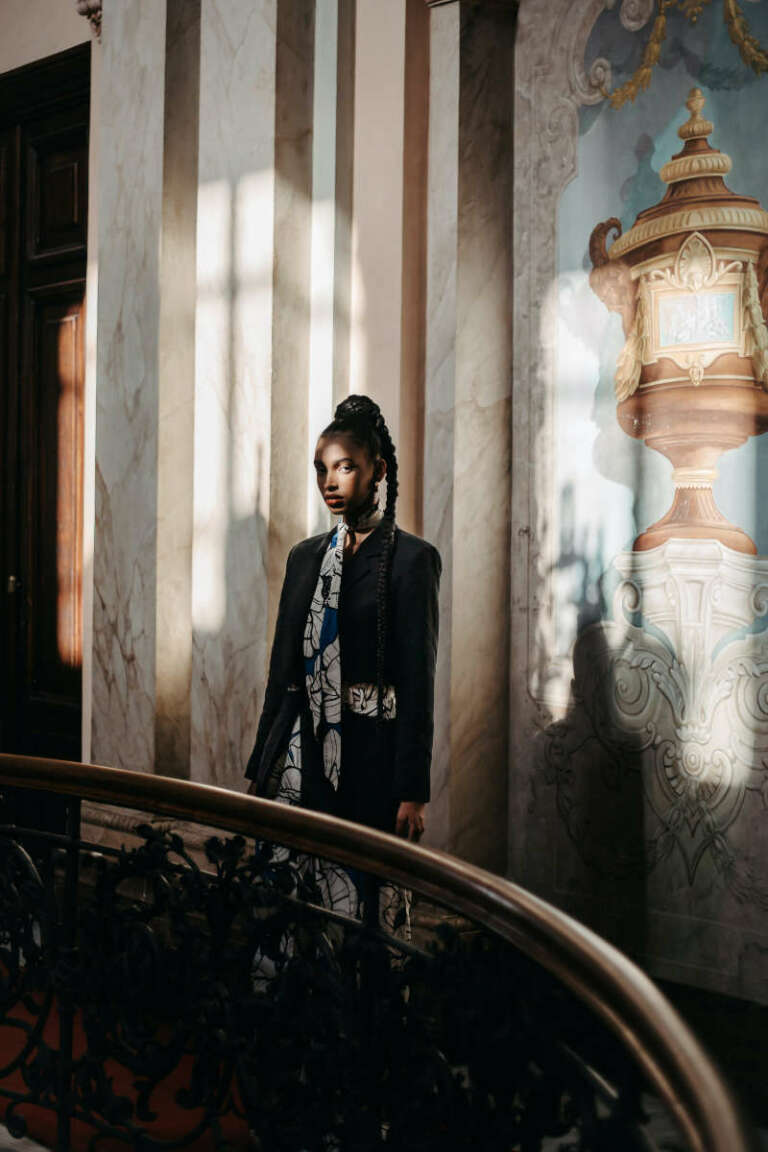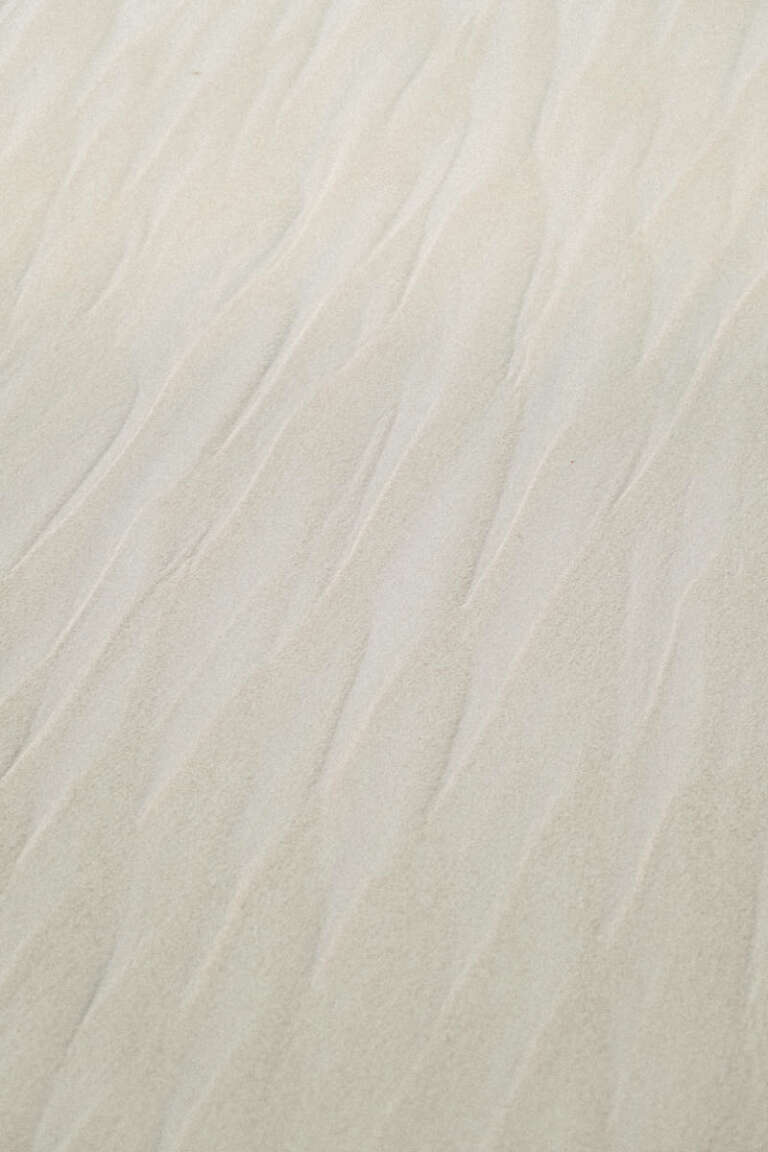What to Wear to a Massage: Dressing for Relaxation
Are you planning to get a massage but unsure about what to wear to a massage? Dressing appropriately for a massage is crucial for both comfort and relaxation. In this blog post, we’ll guide you through various aspects of massage attire, hygiene, accessories, and communication with your massage therapist, ensuring that you are well-prepared to enjoy a truly relaxing and rejuvenating experience.
Key Takeaways
- Choose comfortable, breathable materials for massage attire.
- Communicate with your therapist to ensure comfort and adhere to etiquette.
- Shower beforehand and consider accessories, draping techniques and hygiene habits for a personalized experience.
Choosing Your Massage Attire: Comfort is Key
When it comes to “what to wear to a massage”, there are a few key considerations to keep in mind. To enhance relaxation and ease of movement, opt for comfortable, loose-fitting clothing for your massage appointment. Soft and breathable materials such as linen and cotton are advised by professional massage therapists, as they allow for optimum relaxation. Avoid unnecessary buckles, buttons, or zippers that may cause discomfort while lying on the massage table.
Remember, the goal is to feel at ease and fully enjoy the wellness benefits of your massage session.
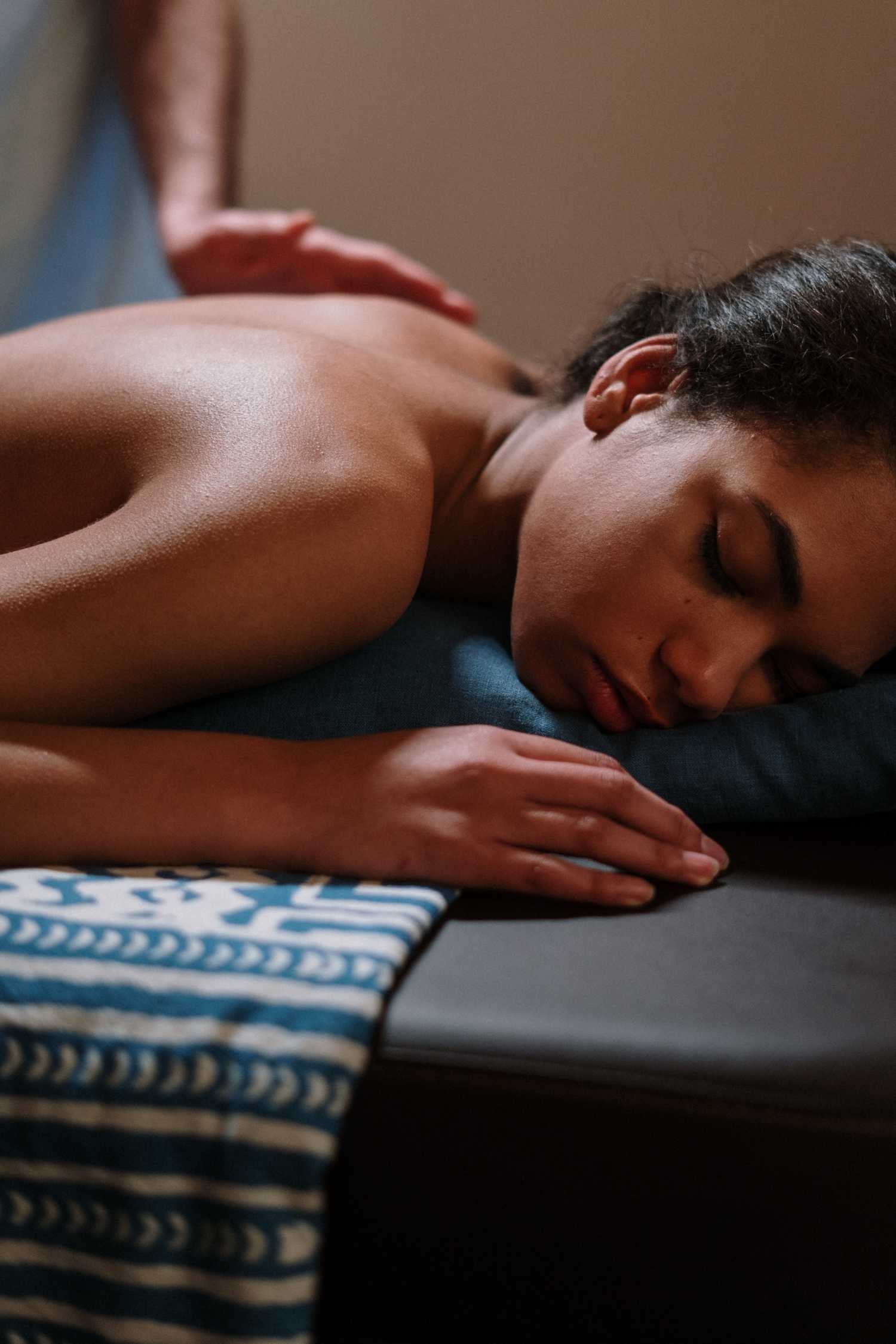
Everyday Wear for Massages
You can don everyday wear for a massage for most massages, as long as it’s comfortable and easy to remove for the session. Tight or constricting garments should be avoided, as they may cause discomfort while lying on the treatment table.
It is also generally advantageous to remove your bra for the therapist to work on your back properly unless you are receiving a massage fully clothed.
Dressing for Specific Massage Types
Since different massage types may call for specific attire, it’s beneficial to research your chosen massage beforehand. For instance, deep muscle massages can be performed fully clothed or with minimal clothing, depending on your preference. It’s important to undress to your comfort during the session.
If you feel uncomfortable with any particular massage type, don’t hesitate to discuss your concerns with your professional massage therapist. Ultimately, your comfort and relaxation are of utmost importance during your massage session.
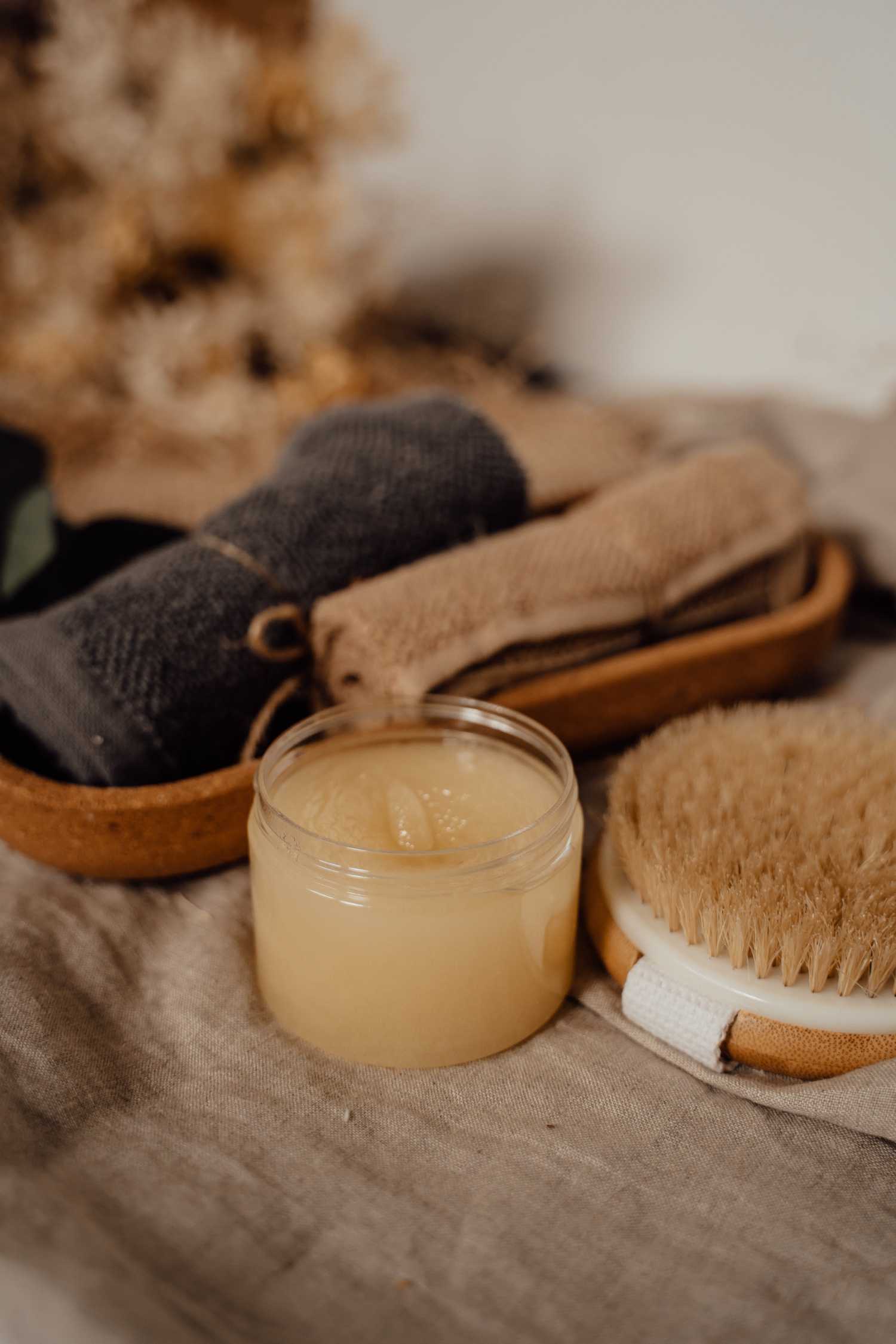
Navigating Massage Etiquette
To ensure a smooth and enjoyable experience, it’s helpful to get acquainted with massage etiquette. Arrive on time, be respectful of the massage therapist, and adhere to their instructions.
Provide at least 24 hours notice when canceling or rescheduling a massage appointment, as some massage therapists may apply a fee for last-minute cancellations or no-shows.
Preparing for Your Massage: Hygiene and Personal Care
Observing proper hygiene and personal care before your massage meeting can amplify your overall experience. Make sure to shower and stay hydrated, as taking care of yourself before the session ensures you feel comfortable and relaxed on the massage table.
Keep in mind the massage therapist’s goal is to provide a calming experience, so preparing yourself in advance can contribute to the success of your session.
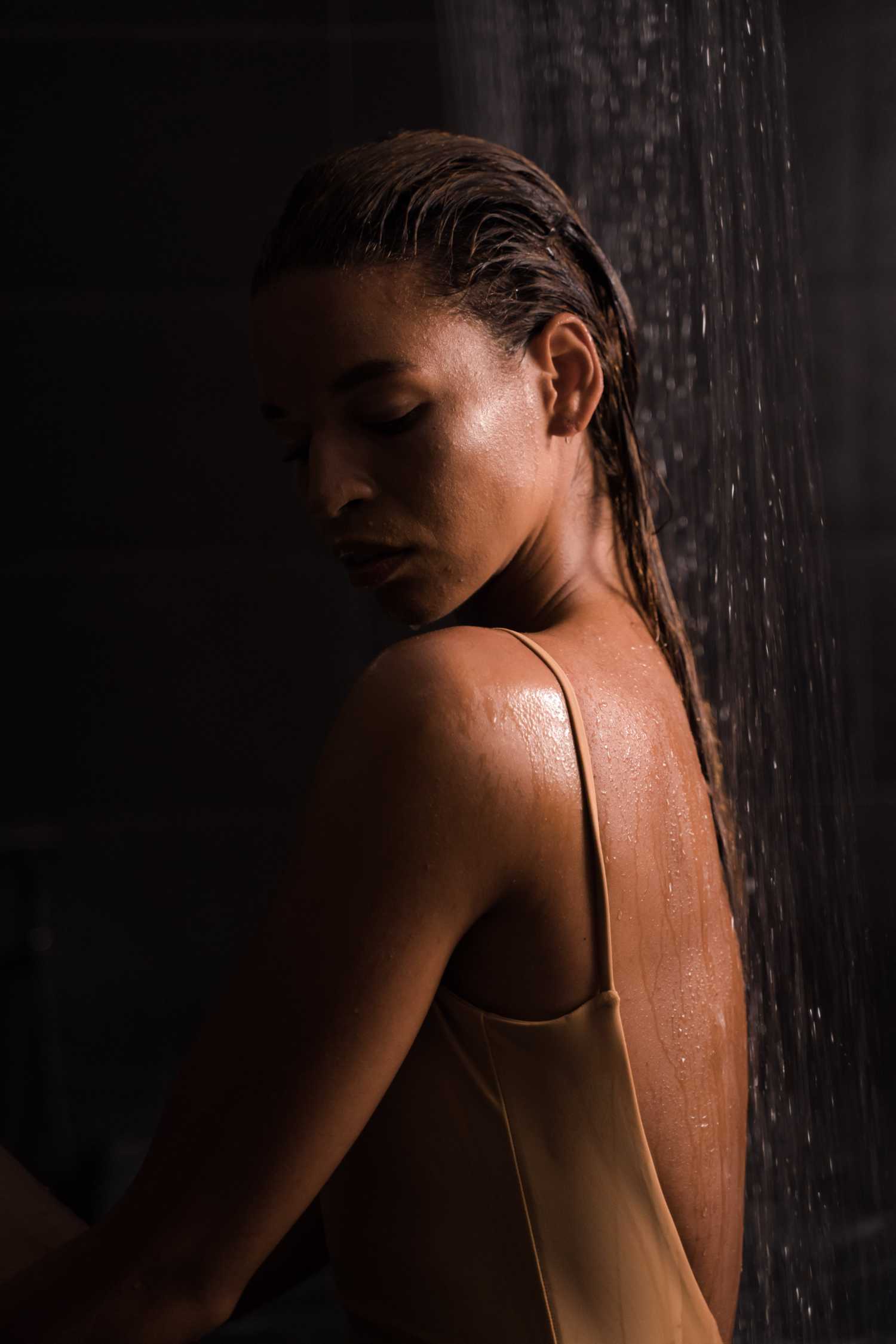
Shower Before Your Appointment
Having a shower before your appointment is advantageous as it paves the way for a clean and comfortable experience by eliminating pollutants from your skin. The benefits of showering before a massage go beyond cleanliness – it can also relax your muscles and prepare your body for the treatment, enhancing circulation, and fostering a feeling of relaxation and well-being.
It is generally recommended to shower without applying any massage lotion or massage oil to the skin before a massage.
Body Hair Management
Massage therapists are skilled in working with body hair, so there’s no need for special grooming before your appointment. It is not necessary to shave before a massage therapy session, as therapists can work around body hair without causing any pain or discomfort.
While excessive body hair could potentially lead to discomfort during a massage, trimming or removing the hair can help reduce any discomfort.
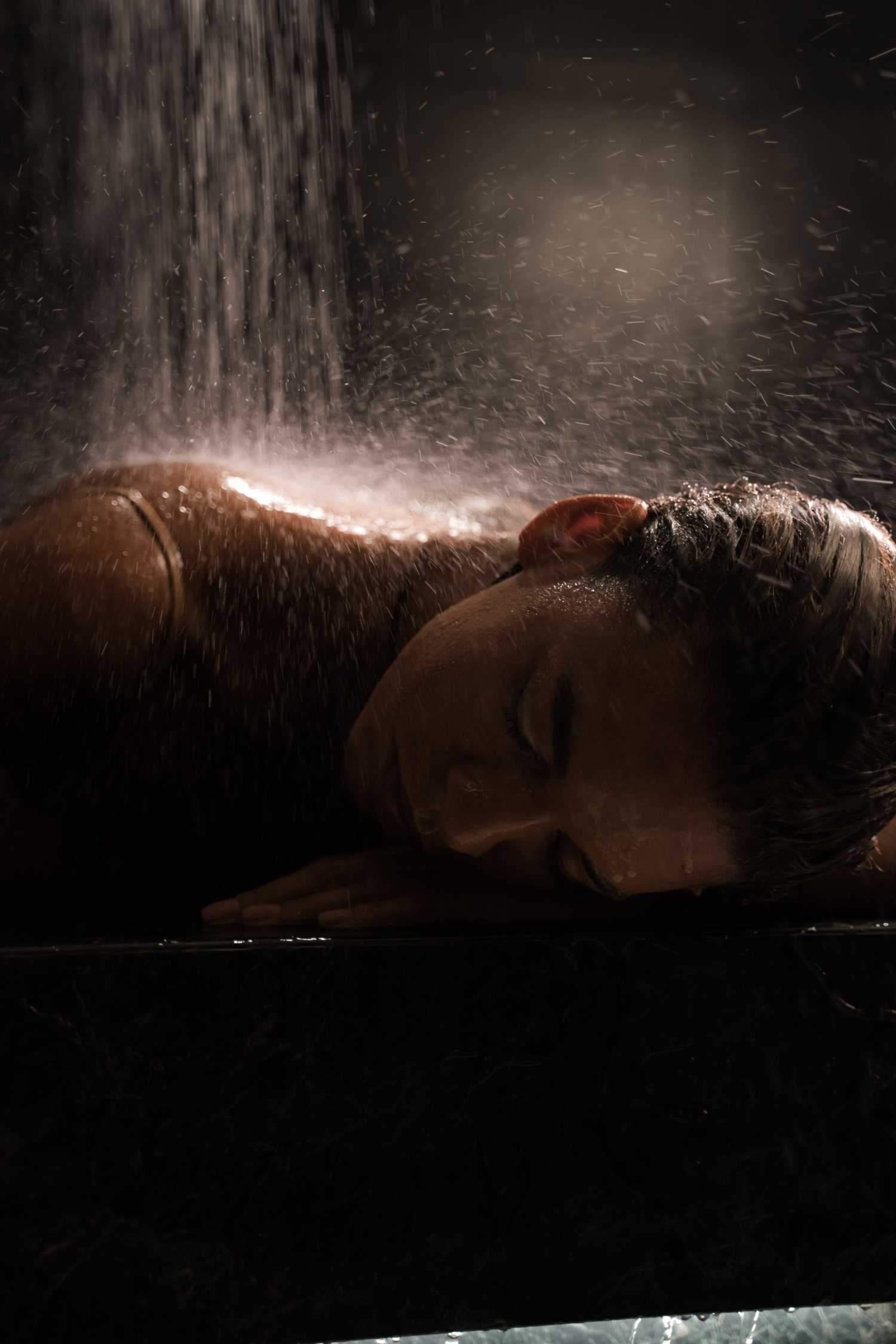
Fragrance-Free is Best
Avoid wearing strong fragrances to your massage appointment, as they may interfere with the therapist’s use of oils or lotions. Strong scents can be overpowering and may irritate the massage therapist or other clients who may be allergic to certain scents.
To ensure a more comfortable and relaxing environment, it is best to go fragrance-free.
Massage Accessories: Jewelry, Hair Ties, and More
When preparing for your massage appointment, consider your choice of accessories, including jewelry, hair ties, and extra clothing. Removing jewelry, securing your hair, and bringing extra clothing or a towel can help ensure a comfortable and enjoyable massage experience, free from potential distractions or discomforts.
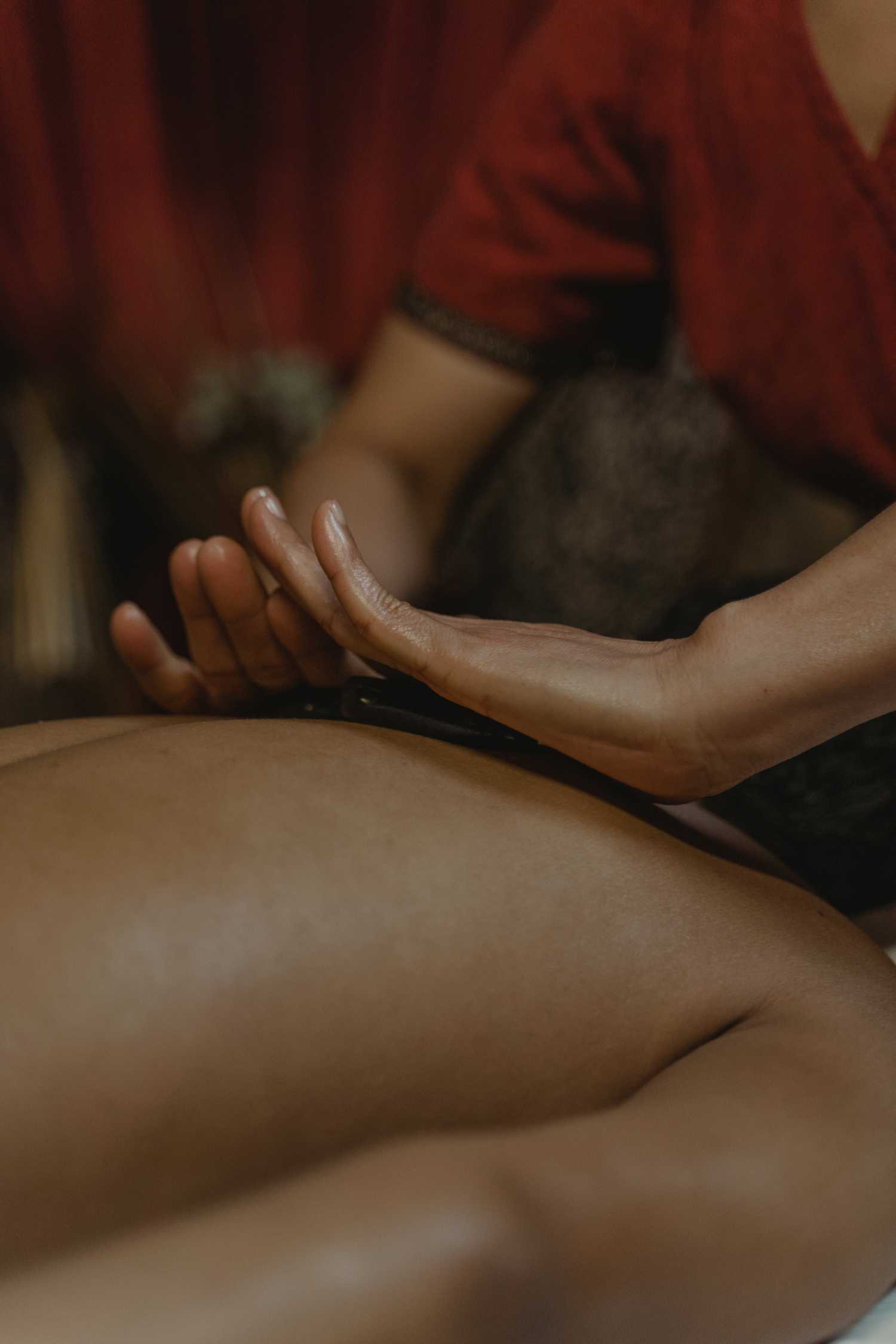
Jewelry Considerations
To evade damage or discomfort during the session, it’s advised to remove your jewelry before the massage. Wearing jewelry during a massage can be uncomfortable and may impede the massage process. Taking off larger pieces of jewelry, such as necklaces, bracelets, and rings, ensures a smooth and enjoyable experience.
Smaller jewelry like wedding bands or earring studs may be kept on during the massage.
Hair Ties and Hairstyles
Your hair may need to be secured during the session, contingent on the type of massage and the therapist’s preference. Soft and comfortable hair ties, such as scrunchies or bungee-style hair ties, are ideal for keeping your hair in place without causing discomfort.
Discussing your hairstyle preferences with your massage therapist can ensure a comfortable and customized experience.
Extra Clothing and Towels
Bringing extra clothing or a towel to change into after your massage is especially useful if oils or lotions are used during the session. Changing into clean clothes after the massage can help remove any excess oil or lotion from your body, allowing for increased breathability and comfort.
Remember, the goal is to leave the massage feeling refreshed and relaxed.
Understanding Massage Draping Techniques
Gaining knowledge of massage draping techniques can bolster your comfort and security during the session. Draping is an essential aspect of massage therapy, ensuring that your privacy is maintained while still allowing the therapist to access and work on different parts of your body.
Familiarizing yourself with sports massage techniques can contribute to a positive massage experience.
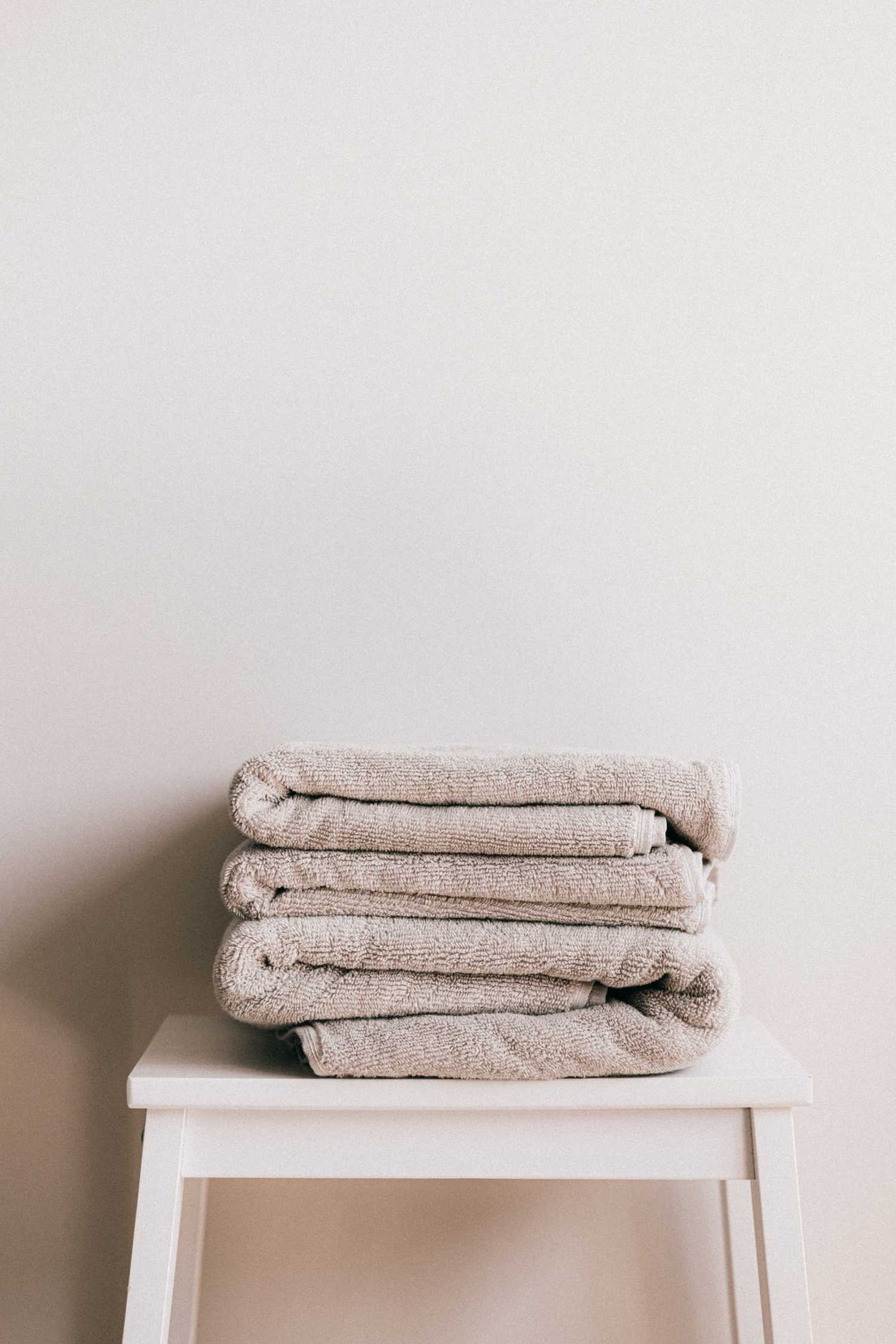
Sheet Draping
Sheet draping is a common technique used by therapists to ensure client modesty while providing access to specific areas of the body during the massage. The sheet is tucked and secured to completely cover the client’s private areas while allowing access to the areas being massaged.
This draping technique is crucial to maintain professionalism and create a secure and comfortable atmosphere for the client.
Towel Draping
Towel draping may be used in some massage types, such as dry massages, to maintain modesty and comfort. Like sheet draping, towel draping involves using towels to cover particular areas of the body during the massage, ensuring client privacy and comfort.
By understanding both sheet and towel draping techniques, you can feel at ease knowing that your modesty and comfort are prioritized during your massage session.
Communicating with Your Massage Therapist
For a personalized and enjoyable experience, it’s pivotal to maintain open communication with your massage therapist. Discussing your comfort levels, preferences, and any concerns before your session can help tailor the massage to your needs.
By maintaining an open dialogue, you can ensure that your massage is both effective and pleasurable.
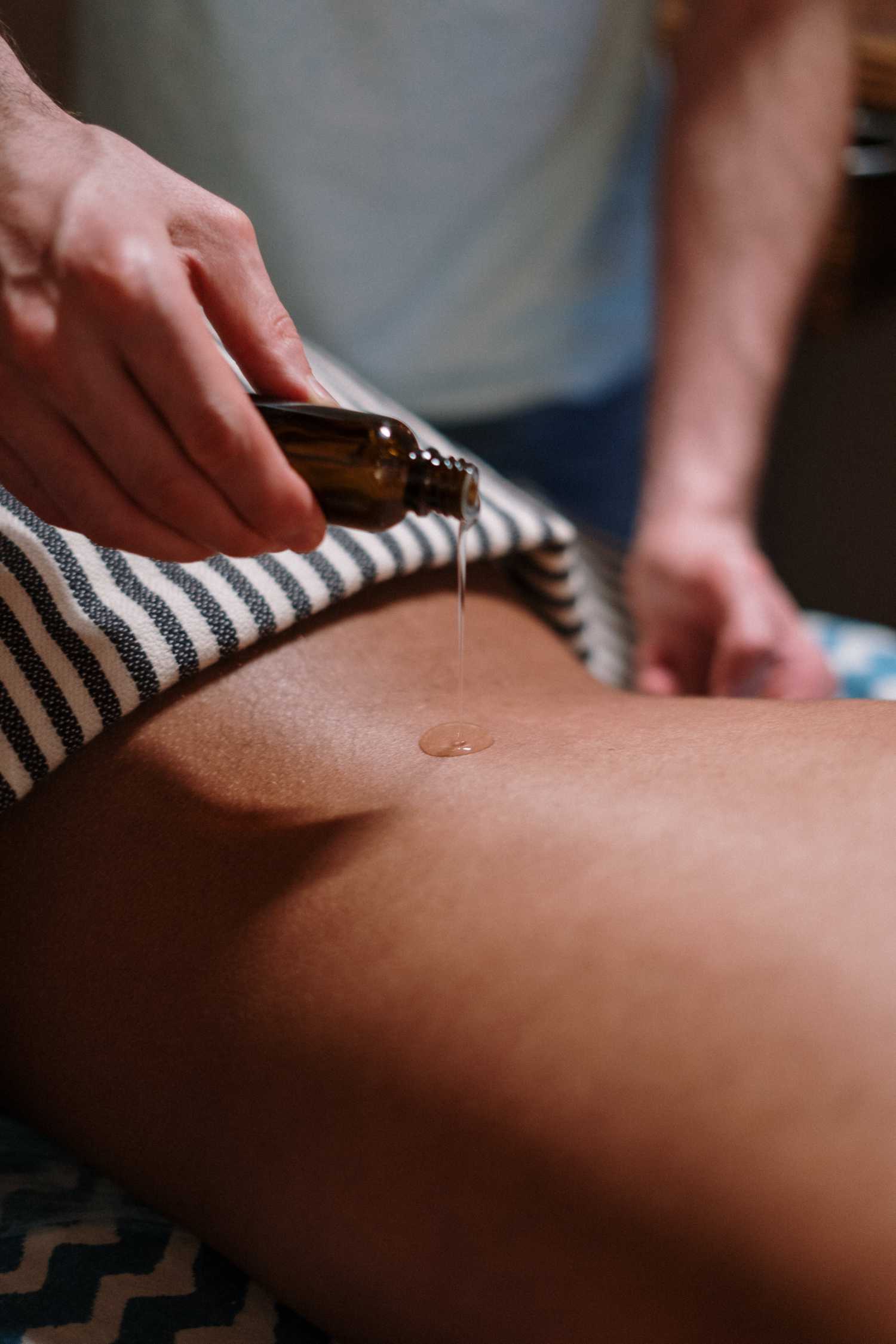
Discussing Comfort Levels
Before your session, engage in a discussion about your comfort levels and preferences with your therapist. Address any concerns you may have, such as undressing or the amount of pressure applied during the massage. Be honest about your expectations and what you hope to achieve from the session.
Your therapist’s main goal is to provide a comfortable and beneficial experience, so don’t hesitate to voice your preferences.
Addressing Pain or Discomfort
If you experience any pain or discomfort during your massage, it is important to inform your therapist right away. They can adjust their techniques or pressure accordingly to ensure a safe and effective treatment for your tense muscles.
Remember, your comfort and well-being are the top priorities during your massage, so don’t be afraid to speak up if something doesn’t feel right.
Special Requests or Concerns
Lastly, share any special requests or concerns with your therapist to guarantee a session that caters to your needs. Whether it’s a focus on a particular area or an allergy to certain oils, discussing these details beforehand can help provide a customized massage to your preferences.
Before initiating the massage, it’s crucial to disclose any health-related conditions such as pregnancy, joint or spine issues, or skin disorders like psoriasis. Sharing these details is vital to ensure a safe massage experience.
By maintaining open communication with your professional massage therapists, you can achieve the best possible massage experience.
Summary
In conclusion, dressing appropriately, maintaining proper hygiene, and having open communication with your massage therapist are essential for a successful and enjoyable massage experience.
By understanding massage etiquette, draping techniques, and accessory considerations, you can ensure a comfortable and relaxing session tailored to your needs. So go ahead, prepare yourself for your next massage, and immerse yourself in the rejuvenating experience.
Frequently Asked Questions
Do you wear a bra for a massage?
It is generally recommended that women remove their bras for a massage to allow the massage therapist better access to the back and shoulder area. Depending on the problem area, tight-fitting or large underwear may also get in the way of massage work.
How do I prepare for my first massage?
To get the most out of your first massage, make sure to stay hydrated, eat lightly, take a hot shower, dress comfortably, arrive in advance, communicate your needs, and relax.
What should you not do before a massage?
Before your massage, it’s best to avoid getting sunburnt, eating a large meal, applying lotions or oils, using topical medications, and patches or tapes. It’s also advisable to limit your intake of liquids, including caffeinated beverages, to prevent needing frequent bathroom breaks.
Consuming foods that can cause gas, such as cabbage, is not recommended before your massage appointment. Additionally, it’s best to avoid scheduling a massage during your menstrual cycle, as the massage could potentially exacerbate lower abdominal and back pain.
Should you shower before a massage?
Taking a warm shower before your massage can help relax your mind and body, while also mitigating hygiene concerns for you and your massage therapist.
Do I need to remove my jewelry for a massage?
Yes, it is recommended to remove your jewelry before a massage to prevent potential damage or discomfort.
Featured image by Morteza Ghanbari.

